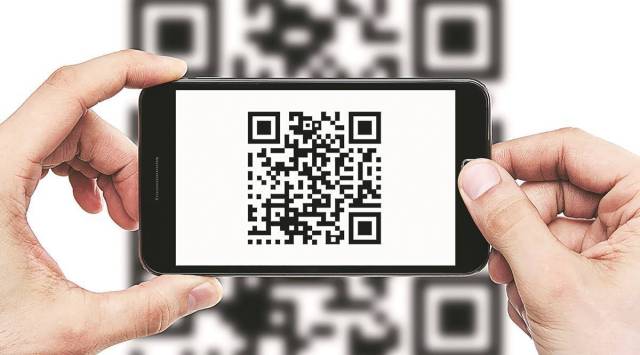Rectangular QR code can store data in long, narrow spaces: Japanese engineer
“This new QR code has about 32 different variations and can be printed in a space about 2 mm high,” said Hara whose address in Japanese was translated to Hindi.
 While the shape of rMQR is new, it retains the same outstanding scan speed and data capacity characteristics of a conventional QR code. (Representational/File)
While the shape of rMQR is new, it retains the same outstanding scan speed and data capacity characteristics of a conventional QR code. (Representational/File) Japanese engineer Masahiro Hara, who headed a two-member team that developed QR Code at Denso Wave Incorporation almost 30 years ago, Saturday said that a new “rMQR Code” has been developed which is a new rectangular type of QR Code that can store large amounts of data in long and narrow spaces, in which conventional QR Codes cannot be printed.
Addressing students at Karnavati University in Gandhinagar, Hara said, “rMQR (Rectangular Micro QR Code) is a new type of rectangular QR code. The QR Code is improved to a rectangle so that narrow margins can be used effectively. Large volumes of information can be printed in a very narrow and elongated space.”
“This new QR code has about 32 different variations and can be printed in a space about 2 mm high,” said Hara whose address in Japanese was translated to Hindi.
Mara who is on his first visit to India had inaugurated the Ahmedabad Design Week at the private university on Friday. He said small industrial parts, PET bottles, newspapers and televisions can carry information through rectangular QR codes. Conventional QR codes need 3.8 mm space to be printed.
While the shape of rMQR is new, it retains the same outstanding scan speed and data capacity characteristics of a conventional QR code.
This new code stores upto 361 numeric characters and 219 alpha numeric characters. The rMQR is expected to replace barcodes as it can be printed on corners of slips or tickets.







